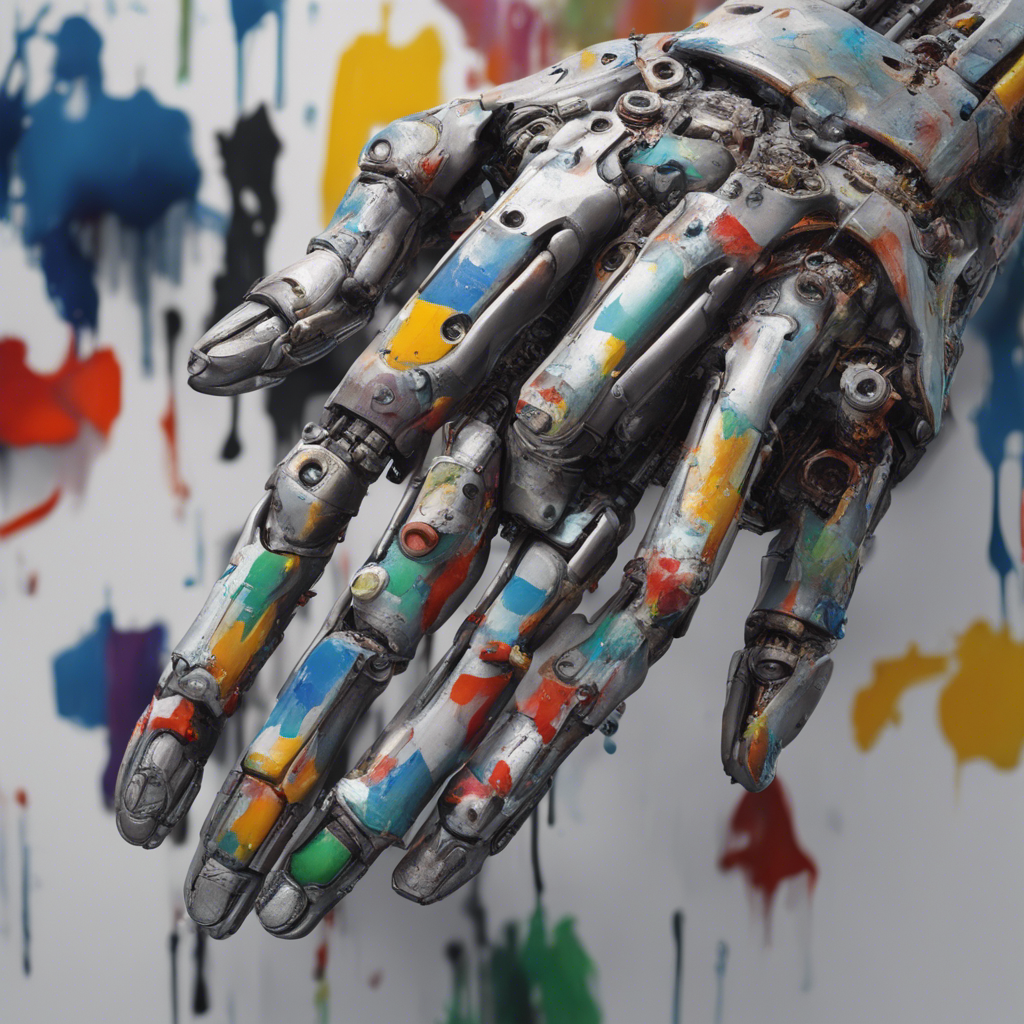
What is Reinforcement Learning and How is it Used?
Reinforcement learning (RL) is a subfield of machine learning that focuses on developing algorithms and techniques for agents to learn and make decisions through interactions with an environment. Unlike supervised learning, where a model learns from labeled data, or unsupervised learning, where a model discovers patterns in unlabelled data, reinforcement learning involves learning from positive and negative rewards or punishments.
The Basics of Reinforcement Learning
At its core, reinforcement learning revolves around an agent, an environment, actions, and rewards. The agent observes the current state of the environment, selects an action to take, and receives feedback in the form of a reward or punishment. The goal of the agent is to learn a policy that maximizes the cumulative reward obtained over time.
To understand reinforcement learning better, we can break down its elements:
-
Agent: The RL agent is an entity that interacts with the environment, taking actions and receiving rewards. It learns from these interactions and aims to improve its decision-making abilities.
-
Environment: The environment is the external system in which the RL agent operates. It can be a simulated environment like a chess game or a physical environment like a robot navigating a maze.
-
State: A state represents the current conditions or context of the environment. The agent receives information about the state and uses it to decide which action to take.
-
Action: Actions are the decisions made by the agent based on the current state. These actions influence the subsequent states and rewards received.
-
Reward: Rewards indicate the desirability of an action taken by the agent. Positive rewards reinforce good decisions, while negative rewards or punishments discourage undesirable actions.
Key Concepts in Reinforcement Learning
Markov Decision Process (MDP)
Reinforcement learning problems are often formalized as Markov decision processes (MDP), a mathematical framework that describes sequential decision-making under uncertainty. An MDP consists of the following components:
-
State Space: The set of all possible states in the environment.
-
Action Space: The set of all possible actions that the agent can take.
-
Transition Probability: The probabilities of moving from one state to another by taking specific actions.
-
Reward Function: The function that maps a state-action pair to a reward value.
-
Discount Factor: A value between 0 and 1 that determines the relative importance of immediate versus future rewards.
By modeling a problem as an MDP, researchers and developers can design RL algorithms that optimize decision-making based on the state, actions, and rewards.
Q-Learning and Value-Based Methods
One popular approach to reinforcement learning is Q-learning, a type of value-based method. In value-based methods, the goal is to learn a value function that estimates the expected cumulative reward for each state-action pair.
Q-learning specifically involves using a Q-table, which stores the estimated values for each state-action pair. By updating the Q-values based on the agent’s interactions with the environment, Q-learning enables the agent to learn an optimal policy.
Policy Gradient Methods
Another commonly used approach in reinforcement learning is policy gradient methods. Unlike value-based methods, policy gradient methods directly learn a policy without estimating value functions.
In policy gradient methods, an agent explores the environment by taking actions and receiving rewards. The agent then updates its policy parameters using gradient descent to maximize the expected cumulative reward. This approach is particularly useful in situations where the state-action space is large and discrete.
Applications of Reinforcement Learning
Reinforcement learning has found applications in various domains, including gaming, robotics, recommendation systems, and supply chain optimization. Here are a few examples:
-
Game Playing: Reinforcement learning has achieved remarkable success in game-playing tasks such as AlphaGo, which defeated world champion Go players. RL has also been applied to video games, resulting in agents that can outperform human players.
-
Robotic Control: RL is utilized to teach robots how to perform complex tasks, such as grasping objects or navigating through obstacles. By learning from trial and error, RL-powered robots can adapt to different environments and improve their performance over time.
-
Autonomous Vehicles: Reinforcement learning can empower autonomous vehicles to learn safe and efficient driving behaviors by navigating through simulated or real-world environments. RL algorithms can help optimize decision-making in complex traffic scenarios.
-
Recommendation Systems: Many online platforms use reinforcement learning to personalize recommendations for users. By learning from user interactions and feedback, RL-powered recommendation models can adapt and improve the relevancy of their suggestions.
Conclusion
Reinforcement learning is a powerful branch of machine learning that enables agents to learn from interactions with their environments. By balancing exploration and exploitation, RL algorithms can optimize decision-making and achieve impressive results in various domains.
As the field continues to advance, researchers are exploring advanced techniques like deep reinforcement learning and transfer learning to tackle more complex problems. With its potential to handle complex decision-making in dynamic environments, reinforcement learning holds the key to addressing a wide range of real-world challenges.
References:
-
Sutton, R. S., & Barto, A. G. (2018). Reinforcement Learning: An Introduction. MIT Press.
-
Kaelbling, L. P., Littman, M. L., & Moore, A. W. (1996). Reinforcement learning: A survey. Journal of artificial intelligence research, 4, 237-285.
-
Mnih, V., Kavukcuoglu, K., Silver, D., Rusu, A. A., Veness, J., Bellemare, M. G., … & Petersen, S. (2015). Human-level control through deep reinforcement learning. Nature, 518(7540), 529-533.






